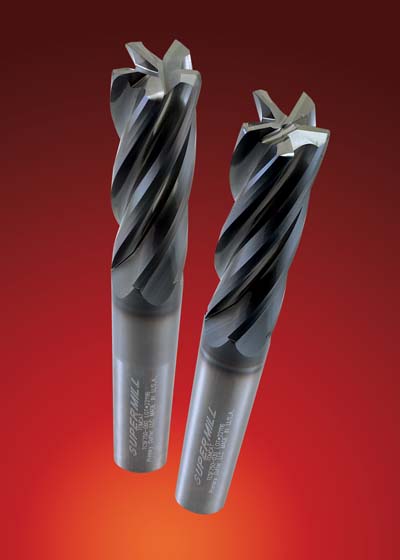Supermill Tomcat
Supermill Tomcat
Primary Cutter LLC has introduced the SUPERMILL TOMCAT 5-flute carbide endmill line designed to run at high RPM and high feed rates providing rapid stock removal.

Primary Cutter LLC has introduced the SUPERMILL TOMCAT 5-flute carbide endmill line designed to run at high RPM and high feed rates providing rapid stock removal. Utilizing unique tool geometry design, TOMCATS are capable of feed rates of 200 IPM on Steels, Alloy Steels and Stainless Steels. This enables users to reduce machining time and increase production, sometimes doubling production, by taking more high speed finishing radial cuts instead of slower roughing cuts.
TOMCAT endmills are available as sharp corner, corner radius, regular length, long length and stub length. Sizes are from ¼" through 1" in diameter. The TOMCAT line ideal for a wide range of applications including aerospace, automotive, medical, ordinance and more.





